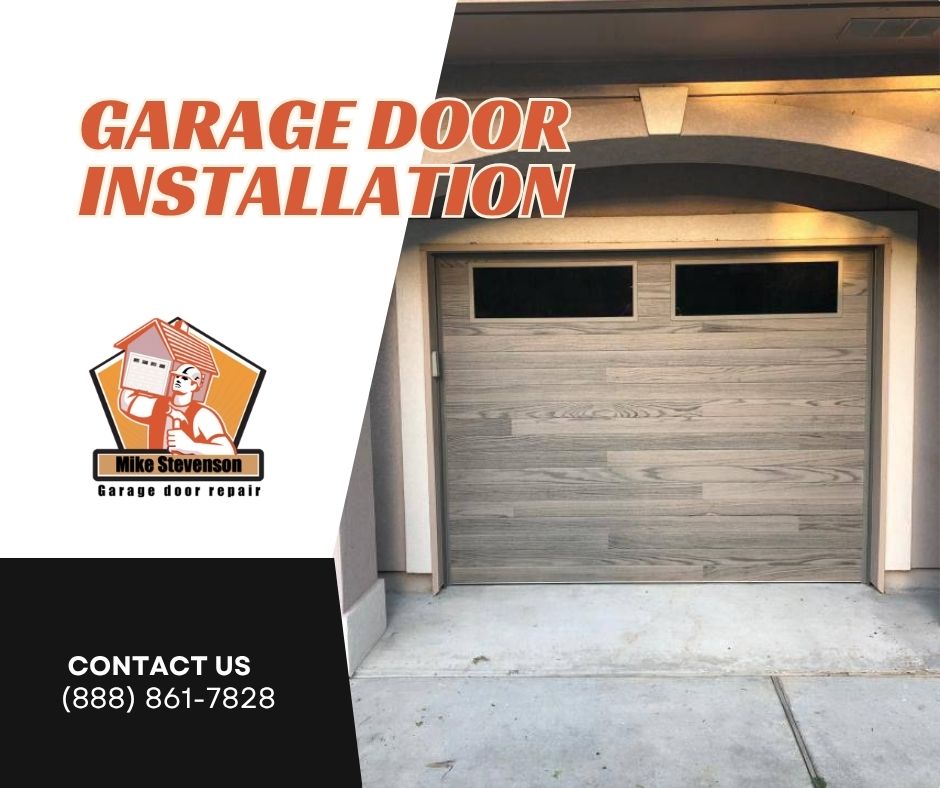Garage doors may appear to be simple systems, but they rely on precise engineering and careful installation to operate safely and smoothly. Among the many components that ensure a garage door’s functionality, hinges often go unnoticed—until something goes wrong. These small but crucial parts are responsible for connecting the panels and allowing the door to bend and follow the track’s curve. However, their effectiveness depends greatly on one key factor: proper hinge placement.
Whether you’re installing a new garage door or replacing an old one, hinge placement plays a major role in performance, durability, and safety. In this article, we’ll explain why correct hinge positioning is essential during garage door installation, and what can happen when it’s overlooked.
The Role of Hinges in Garage Door Systems
Hinges are installed between the panels of a sectional garage door. They allow the panels to pivot as the door opens and closes along the curved tracks. Depending on the size and design of the door, different types of hinges are used—often labeled as No. 1, No. 2, No. 3, etc.—each with a slightly different offset to accommodate the curve of the track.
Lower-numbered hinges are typically placed near the bottom of the door, while higher-numbered hinges are installed as you move upward. This staggered configuration ensures that the panels transition smoothly from vertical to horizontal positions as the door moves.
Incorrect hinge placement disrupts this transition and creates mechanical stress that affects the entire system.
What Happens When Hinges Are Misplaced
1. Uneven Door Movement and Jamming
If hinges are installed in the wrong positions, the panels may not bend or follow the track properly. This can cause the door to jerk, bind, or jam during operation. For example, placing a No. 3 hinge where a No. 1 hinge should go might prevent the panel from pivoting at the right angle, creating resistance that strains the rollers and opener.
This uneven movement not only reduces the door’s efficiency but also puts extra stress on other components like the tracks, springs, and cables.
2. Increased Wear and Tear
Improper hinge placement causes premature wear on the panels and fasteners. When the panels are forced to bend at incorrect angles, the metal can warp or crack. Misaligned hinges also cause screws to loosen over time, potentially leading to component failure.
Over time, these small alignment issues can escalate into larger structural problems, requiring costly repairs or full panel replacements.
3. Noisy Operation
A smooth, well-installed garage door should open and close quietly. When hinges are not placed correctly, the friction and stress between panels increase. The result is often a noisy, creaky, or grinding sound every time the door moves.
This noise is more than just annoying—it’s a clear indicator that parts are under stress and may be wearing down faster than they should. Addressing the root cause by checking hinge placement can restore quiet operation and prevent further damage.
4. Reduced Safety and Security
Garage doors are heavy and operate under tension. When hinges are misaligned, they can weaken the structural integrity of the door. This not only makes the system less reliable but also increases the risk of injury if a panel becomes detached or the door fails mid-operation.
Additionally, a door that doesn’t close evenly due to improper hinge placement may leave gaps, compromising the security of your garage and home.
The Importance of Professional Installation
While DIY garage door installation might seem like a cost-saving option, small errors like improper hinge placement can result in major problems. Professional installers are trained to:
- Identify and use the correct hinge types
- Follow manufacturer specifications
- Align panels and hinges for proper movement
- Test the door’s operation before completing the job
This attention to detail ensures that your garage door operates safely, smoothly, and lasts as long as possible with minimal maintenance.
Small Details, Big Impact
In garage door systems, every part matters—but hinges are especially critical. Their placement determines how your panels move, how long your system lasts, and how safe your garage door is to use. Improper hinge installation can lead to misaligned panels, noisy operation, early component failure, and even safety hazards.
When planning a garage door installation, don’t overlook the importance of hinge placement. It’s a small detail with a big impact. Trust a qualified technician to install your door correctly, and you’ll enjoy smoother operation, increased safety, and long-term peace of mind.

